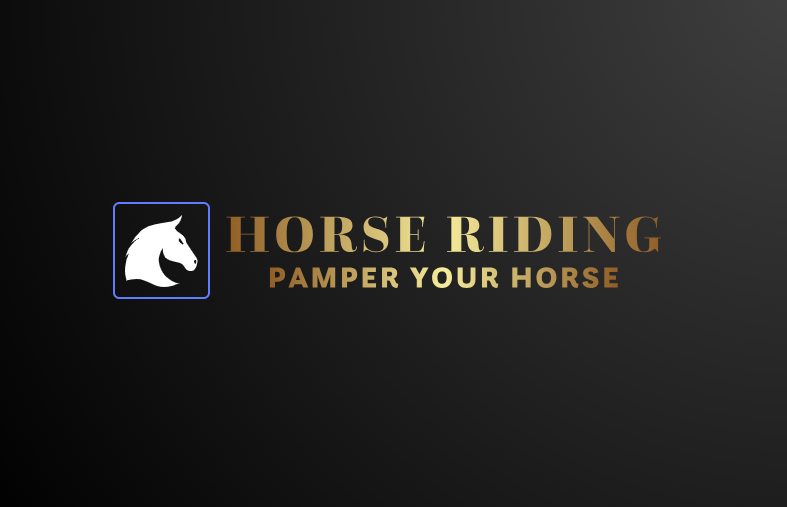
Equestrian Fashion: Trends to Watch in 2026
Key Takeaways
- Focus on sustainable materials and practices in equestrian apparel.
- Integration of technology for improved riding performance and comfort.
- Emphasis on stylish yet functional designs that cater to modern riders.
- Popular color palettes are shifting towards earthy tones and vibrant accents.
- Collaboration with equestrian influencers is on the rise.
The world of equestrian fashion is evolving rapidly, and as we approach 2026, it’s essential for riders to stay updated on what’s trending. From innovative materials to style choices that blend functionality with fashion, this article will explore the aspects of upcoming styles that every rider should keep an eye on. Whether you are gearing up for competitions or for casual rides, understanding these trends will enhance your riding experience.
Upcoming Styles in Equestrian Fashion
In 2026, we are poised to see a variety of exciting styles making waves in the equestrian fashion scene. Here’s a look at some key trends:
| Style | Description |
|---|---|
| Athleisure | This style blends comfort with functionality, featuring stretchy, breathable materials ideal for riding. |
| Vintage Revival | Inspired by classic equestrian styles, these outfits focus on tailored cuts and traditional colors. |
| Sustainable Fashion | Designs focused on eco-friendly practices using recycled materials and sustainable production methods. |
| Tech-Enhanced Apparel | Incorporation of smart textiles that regulate temperature and improve performance through technology. |
Materials Making Waves in 2026
As sustainability continues to be a priority, the materials used in equestrian fashion are evolving. The following are some major materials on the rise:
- Recycled Polyester: This material is becoming prevalent, helping to reduce waste in the fashion industry.
- Cork Fabric: Lightweight, durable, and sustainable, cork fabric is gaining traction for making riding gear.
- Organic Cotton: Soft and breathable, organic cotton is preferred for casual riding apparel.
- Biodegradable Materials: Products designed to decompose after use are emerging, reducing long-term environmental impact.
Emphasis on Functionality
Today’s equestrian riders are looking for apparel that does not sacrifice function for style. The following elements are becoming vital in riding apparel:
- Stretchability and Flexibility: To ensure ease of movement during riding.
- Moisture-Wicking: Keeping riders dry and comfortable in various weather conditions.
- Pockets and Storage: Practical additions that offer convenience without compromising style.
- Layering Options: Versatile clothing that can adapt to changing temperatures.
Color Trends in Equestrian Fashion
Color choices are vital in establishing a rider's style. For 2026, look out for these color palettes:
- Olive Green
- Burnt Orange
- Soft Browns
- Poppy Red
- Cobalt Blue
- Bright Yellow
Collaboration with Influencers
Another trend to watch is the growing collaboration between brands and equestrian influencers. This trend is shaping the future of marketing in the industry.
Influencers provide authenticity and a direct line to their followers, introducing innovative products and styles that resonate with the riding community. As this relationship strengthens, more brands are looking to leverage influencer partnerships to reach a wider audience.
Conclusion
As we move toward 2026, the equestrian fashion landscape continues to be an exciting space filled with innovation and creativity. Understanding the upcoming trends in styles, materials, and functionality can help riders make informed choices for both performance and aesthetics. By keeping an eye on these developments, riders can enhance their riding experience while also contributing to a more sustainable future.
Pros
- Stylish designs that cater to rider preferences.
- Sustainable options that benefit the environment.
- Technological advancements that improve comfort and performance.
- Variety of materials offering more choices for different needs.
Cons
- Potentially higher costs associated with sustainable fashion.
- Information overload with numerous trends to follow.
- Quality variation in new market entrants.
- Pressure to continuously update wardrobes with incoming trends.
Stay informed about emerging fashion trends by checking our other blogs, such as our Buying Guides or updates on News and Trends in the equestrian world.
